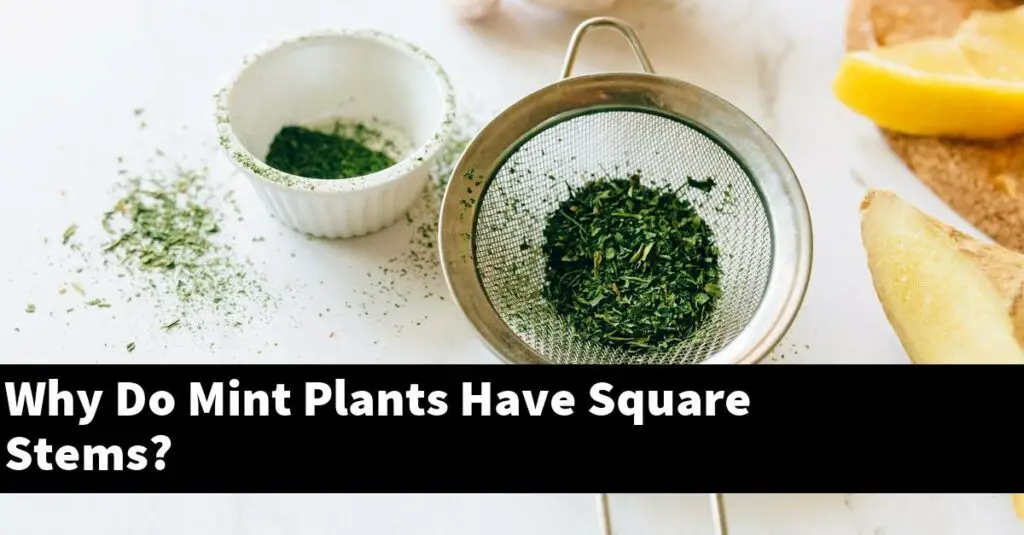Which Feature Do Plants Have That Provide Structure And Form - Glucose molecules form cellulose, which gives plants structure. Which feature do plants have that provide structure and form? While individual plant species are unique, all share a common structure: A plant body consisting of stems, roots, and leaves. Plants have rigid tubes made of cellulose. Multiple glucose molecules join together through dehydration. Cellulose is a complex carbohydrate that forms rigid tubes,. A plant body consisting of stems, roots, and leaves. Instead, they have cell walls made of cellulose, which provide structure and form. Plants have an exoskeleton, like insects.
While individual plant species are unique, all share a common structure: Plants have an exoskeleton, like insects. While individual plant species are unique, all share a common structure: A plant body consisting of stems, roots, and leaves. Plants have rigid tubes made of cellulose. Which feature do plants have that provide structure and form? Cellulose is a complex carbohydrate that forms rigid tubes,. A plant body consisting of stems, roots, and leaves. Glucose molecules form cellulose, which gives plants structure. Instead, they have cell walls made of cellulose, which provide structure and form.
Multiple glucose molecules join together through dehydration. Instead, they have cell walls made of cellulose, which provide structure and form. Plants have rigid tubes made of cellulose. Glucose molecules form cellulose, which gives plants structure. Plants have an exoskeleton, like insects. Cellulose is a complex carbohydrate that forms rigid tubes,. While individual plant species are unique, all share a common structure: A plant body consisting of stems, roots, and leaves. A plant body consisting of stems, roots, and leaves. Which feature do plants have that provide structure and form?
4 Main Types of Plants for Kids
Cellulose is a complex carbohydrate that forms rigid tubes,. Which feature do plants have that provide structure and form? A plant body consisting of stems, roots, and leaves. Glucose molecules form cellulose, which gives plants structure. While individual plant species are unique, all share a common structure:
KS1 Science Plants How do plants make new plants? BBC Teach
Which feature do plants have that provide structure and form? While individual plant species are unique, all share a common structure: Instead, they have cell walls made of cellulose, which provide structure and form. Plants have an exoskeleton, like insects. A plant body consisting of stems, roots, and leaves.
KS1 Science Plants How do plants grow? BBC Teach
While individual plant species are unique, all share a common structure: While individual plant species are unique, all share a common structure: Which feature do plants have that provide structure and form? Plants have rigid tubes made of cellulose. Multiple glucose molecules join together through dehydration.
WebQuest The importance of plants to humans
Glucose molecules form cellulose, which gives plants structure. While individual plant species are unique, all share a common structure: A plant body consisting of stems, roots, and leaves. Instead, they have cell walls made of cellulose, which provide structure and form. Multiple glucose molecules join together through dehydration.
What plants need? Baamboozle Baamboozle The Most Fun Classroom Games!
A plant body consisting of stems, roots, and leaves. While individual plant species are unique, all share a common structure: Glucose molecules form cellulose, which gives plants structure. Plants have rigid tubes made of cellulose. Cellulose is a complex carbohydrate that forms rigid tubes,.
Plant Structure Plant structure, Biology plants, Plants
Glucose molecules form cellulose, which gives plants structure. Cellulose is a complex carbohydrate that forms rigid tubes,. Which feature do plants have that provide structure and form? Multiple glucose molecules join together through dehydration. Plants have rigid tubes made of cellulose.
Why Do Mint Plants Have Square Stems? Outdoor Herb Garden
Multiple glucose molecules join together through dehydration. Glucose molecules form cellulose, which gives plants structure. While individual plant species are unique, all share a common structure: A plant body consisting of stems, roots, and leaves. Which feature do plants have that provide structure and form?
What are Parts of Plants and their Functions? Your Info Master
Multiple glucose molecules join together through dehydration. Which feature do plants have that provide structure and form? Plants have an exoskeleton, like insects. Instead, they have cell walls made of cellulose, which provide structure and form. Plants have rigid tubes made of cellulose.
How much plants do I have in my house YouTube
Plants have an exoskeleton, like insects. Multiple glucose molecules join together through dehydration. Cellulose is a complex carbohydrate that forms rigid tubes,. Glucose molecules form cellulose, which gives plants structure. A plant body consisting of stems, roots, and leaves.
How do plants sense stress? Feature Chemistry World
Cellulose is a complex carbohydrate that forms rigid tubes,. A plant body consisting of stems, roots, and leaves. While individual plant species are unique, all share a common structure: A plant body consisting of stems, roots, and leaves. While individual plant species are unique, all share a common structure:
Plants Have An Exoskeleton, Like Insects.
Instead, they have cell walls made of cellulose, which provide structure and form. Cellulose is a complex carbohydrate that forms rigid tubes,. While individual plant species are unique, all share a common structure: Which feature do plants have that provide structure and form?
Plants Have Rigid Tubes Made Of Cellulose.
A plant body consisting of stems, roots, and leaves. A plant body consisting of stems, roots, and leaves. Glucose molecules form cellulose, which gives plants structure. Multiple glucose molecules join together through dehydration.









